When most people think about skiing, they picture those long, sleek skis slicing down a mountain. But what if there were a more approachable, fun, and versatile option? Short skis areperfect for everyone from beginners to experienced skiers looking to shake things up a bit. In this guide, we’ll explore why short skis are not only practical but a blast to ride and why so many skiers are making the switch. Let’s dive in and discover how short skis might even replace your old, long skis.
Less Intimidating and a Lot More Fun
Short skis, like skiblades, are the perfect choice if you’re looking for a more approachable introduction to skiing. For newcomers, long skis can seem overwhelming. They’re bulky, tougher to handle, and can feel like trying to walk on stilts. Short skis, however, are easy to control and forgiving, making them an ideal choice for those just starting out.
Skiblades, for example, allow beginners to find their balance faster without the hassle of managing longer tails. This added control means you can spend less time worrying about technique and more time enjoying the ride. Skiblades make skiing feel more accessible, lowering the learning curve so you can start having fun from day one.
Swift Maneuverability: Make Sharp Turns Effortlessly
One of the most exciting perks of short skis is the maneuverability they provide. Long skis are great for sweeping, wide turns, but short skis make quick, sharp movements easier, which comes in handy on varied terrain. Short skis let you weave through trees, take on moguls, and handle tight spaces like a pro, offering unmatched freedom of movement.
If tricks are your thing, short skis really shine. Their nimble nature makes them ideal for snow parks and on-slope obstacles. Worried about other skiers? Short skis are incredibly responsive, helping you to adjust your route with ease.
Lightweight and Convenient to Carry
Let’s face it: lugging around long skis can feel like a workout before you even get to the mountain. Between the weight and the length, traditional skis can be a hassle, especially when navigating lifts or trekking to the slope. Short skis, by contrast, are compact and much lighter, making them easier to carry and fit into cars or storage spaces.
With Skiblades, you get an added bonus: some models allow for snowboard boots. No more clunky, awkward walks in heavy ski boots—just an easy stroll right to the lift, letting you focus on the fun ahead.
No Need for Poles
While ski poles are a staple for traditional skiing, short skis often don’t require them. Skiblades are so stable and easy to maneuver that you can skip the poles altogether if you want. Many skiers find this gives them a greater sense of freedom and a skating-like feel on the snow.
Try hitting the slopes without poles—it feels liberating, and it encourages you to use your whole body for balance. For those looking for a hands-free, more natural movement, going without poles is a great bonus of short skiing.
Versatility Across Different Terrain
Though long skis can be perfect for certain conditions, they aren’t always the most versatile. Short skis adapt to almost any type of terrain, performing well on groomed runs, powder, moguls, and even some off-piste areas. Their lighter build allows you to react quickly to changing snow conditions, letting you navigate smoothly across various surfaces.
Skiblades are an all-around tool that allows you to experiment with different skiing styles—whether you’re carving down a slope, practicing tricks in the park, or hitting powder. Short skis open up a whole new range of possibilities, making each day on the mountain feel unique.
Stability that Boosts Confidence
Traditional long skis require a certain level of skill to feel balanced and stable, which can be challenging for beginners. Short skis, on the other hand, offer excellent control and stability for those just starting out. Since they’re closer to the snow, they make balancing easier, giving you a more grounded feeling as you learn.
For those seeking a bit more stability, go for longer skiblades (99-120 cm). While long skis do offer stability, they can also hinder movement, especially in tight areas. Skiblades provide a balanced middle ground with the perfect combination of length and stability, making them an excellent choice for beginners.
Perfect for Tricks and Jumps
Short skis are especially popular among skiers who love pulling off tricks and jumps. Their lightweight nature and quick response allow skiers to attempt spins, grabs, and jumps with ease, something that can feel overly technical or awkward on longer skis. Whether you’re just starting to try tricks or are more advanced in the freestyle realm, short skis give you extra control and confidence in the air and on landings.
Great for All Ages
Short skis aren’t just for a specific age group—they’re fun and manageable for everyone. Kids can easily learn to ski on short skis, while adults might find them to be a gentler reintroduction to the sport if it’s been a while. If you’ve been skiing for years and notice your knees aren’t as strong as they used to be, skiblades can offer a softer, more forgiving ride.
Adjustable bindings on skiblades add another level of convenience. They make it easy to share your skiblades with friends or family since they can be adjusted to fit different boot sizes. Short skis truly offer something for everyone, making them an excellent choice for all ages and skill levels.
Quick Stops Made Easy
Being able to stop quickly is essential on a crowded slope, and short skis make this skill easier to master. With their compact length, stopping becomes more manageable, giving you better control and less momentum when you need to slow down. Short skis are ideal for navigating crowded areas or responding to sudden obstacles. Regardless of your skill level, the extra control you get from short skis can be a real game-changer in tricky situations.
A Fusion of Skating and Skiing
One unique quality of short skis is how they blend aspects of skating with traditional skiing. Because of their short length, you can push off much like you would with skates or rollerblades, then glide down the slopes in a smooth skiing motion. This fusion offers a fresh and dynamic experience, especially for those who have a background in skating. Skaters and hockey players often find that the transition to short skiing feels natural, as it closely mirrors their movements on the ice.
Conclusion
Short skis are more than a trend—they offer numerous advantages that make them a compelling choice for all kinds of skiers. From better maneuverability to easier handling, short skis make skiing feel approachable and enjoyable for everyone. Their lightweight build, versatility, and stability make them especially appealing for beginners, trick-lovers, and skiers of all ages.
So, next time you’re gearing up for the slopes, why not try short skis? You might just discover a new favorite way to experience the mountain, filled with fun, faster learning, and endless possibilities.





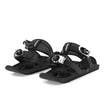
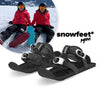





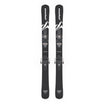

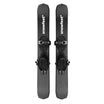




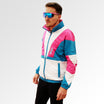

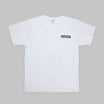



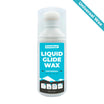


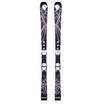















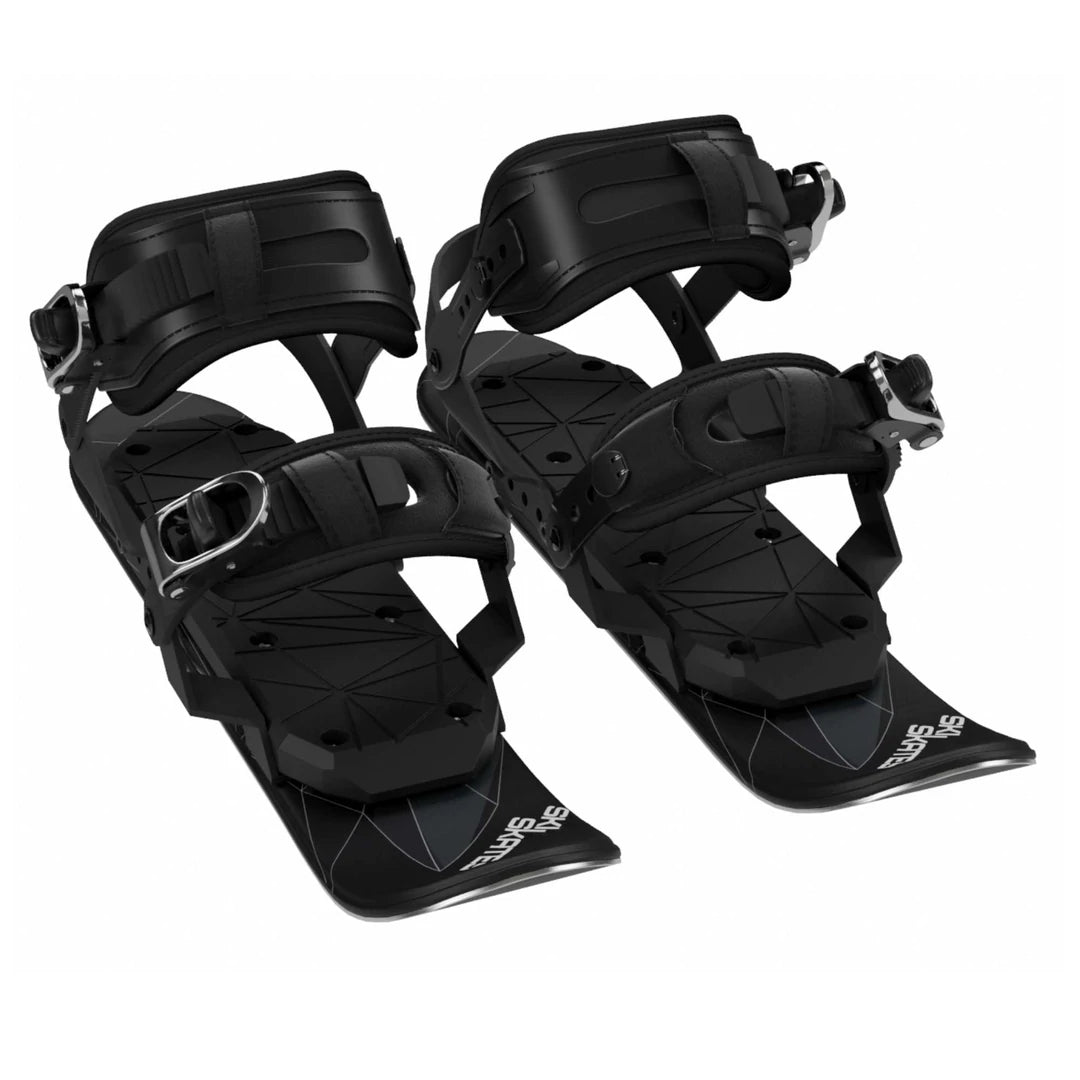
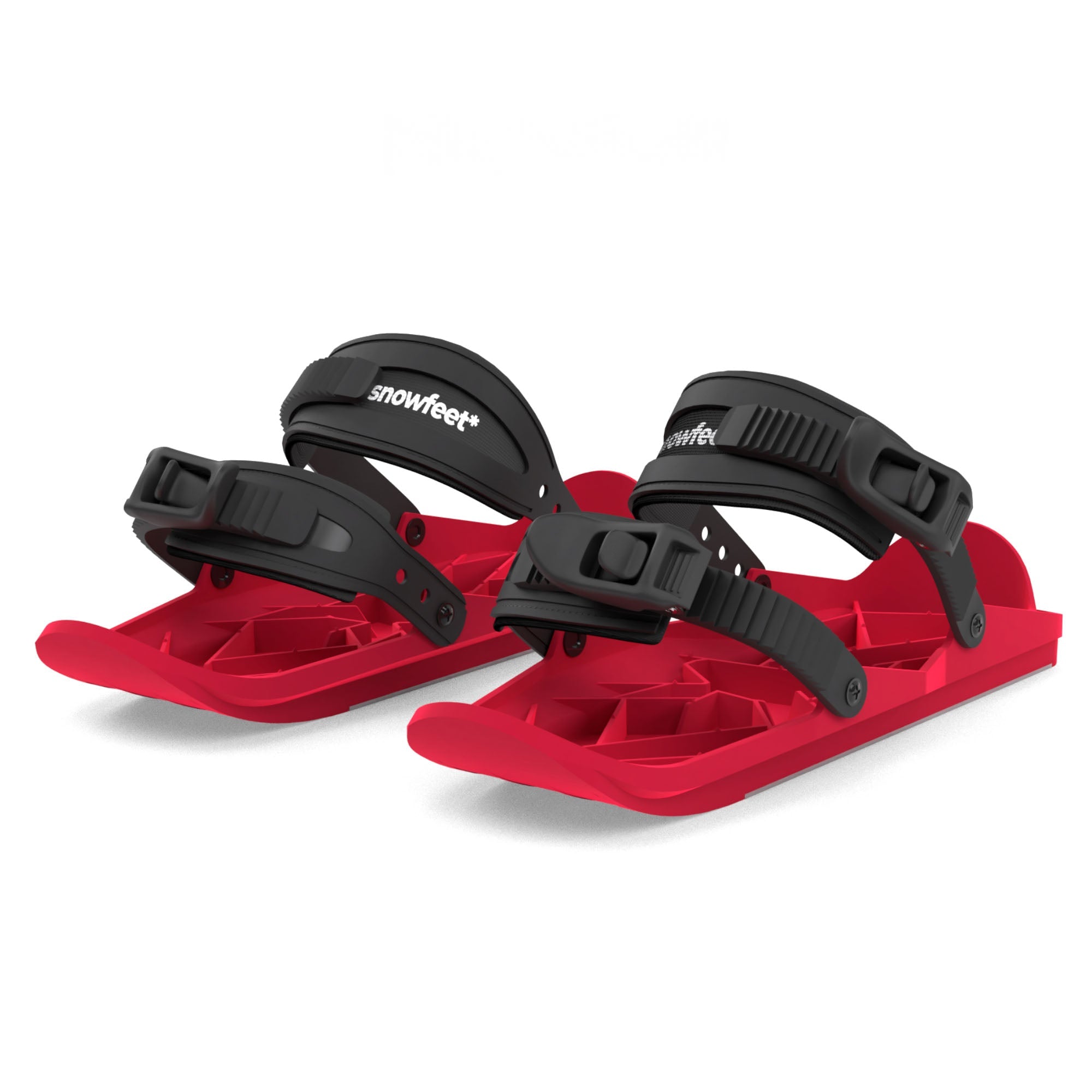











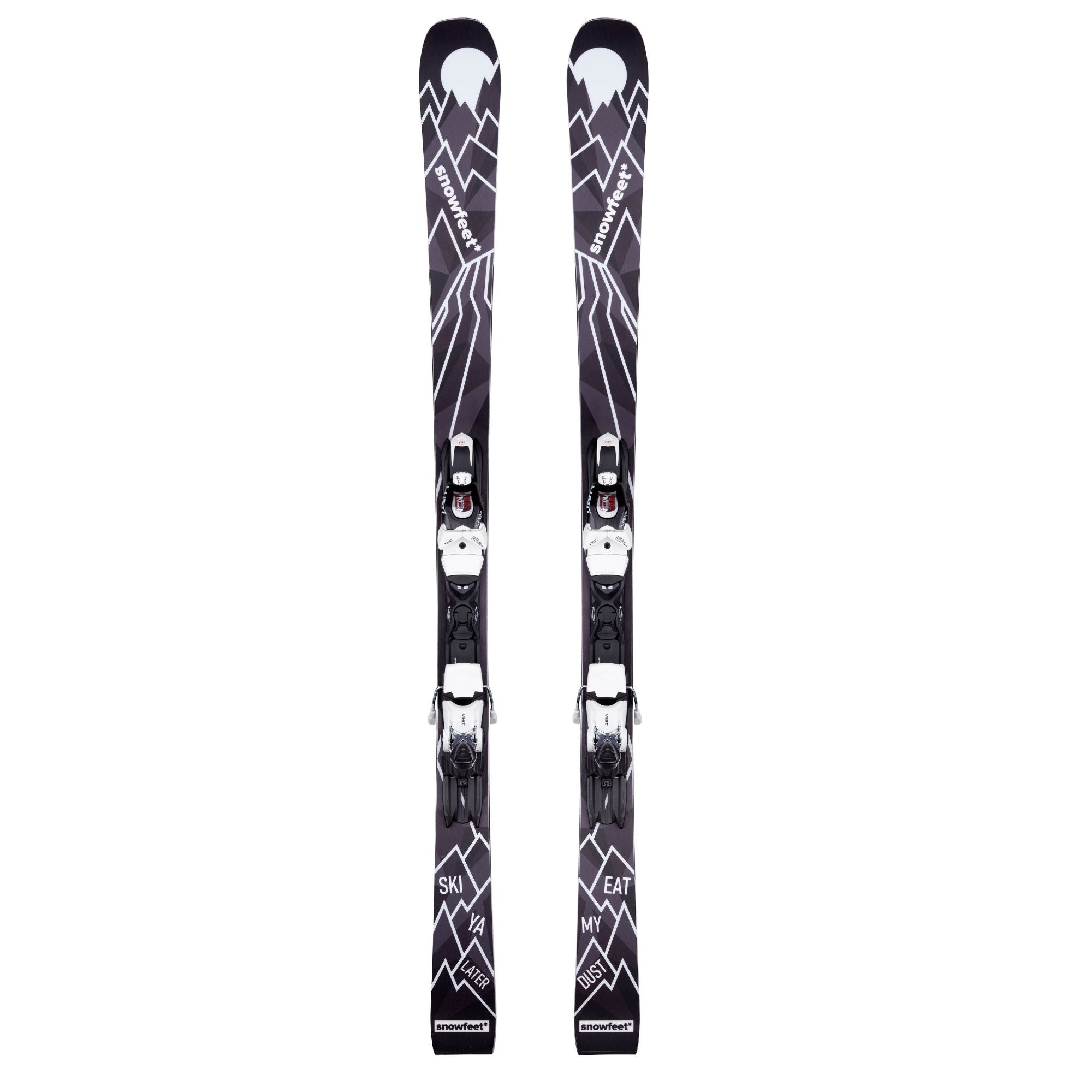

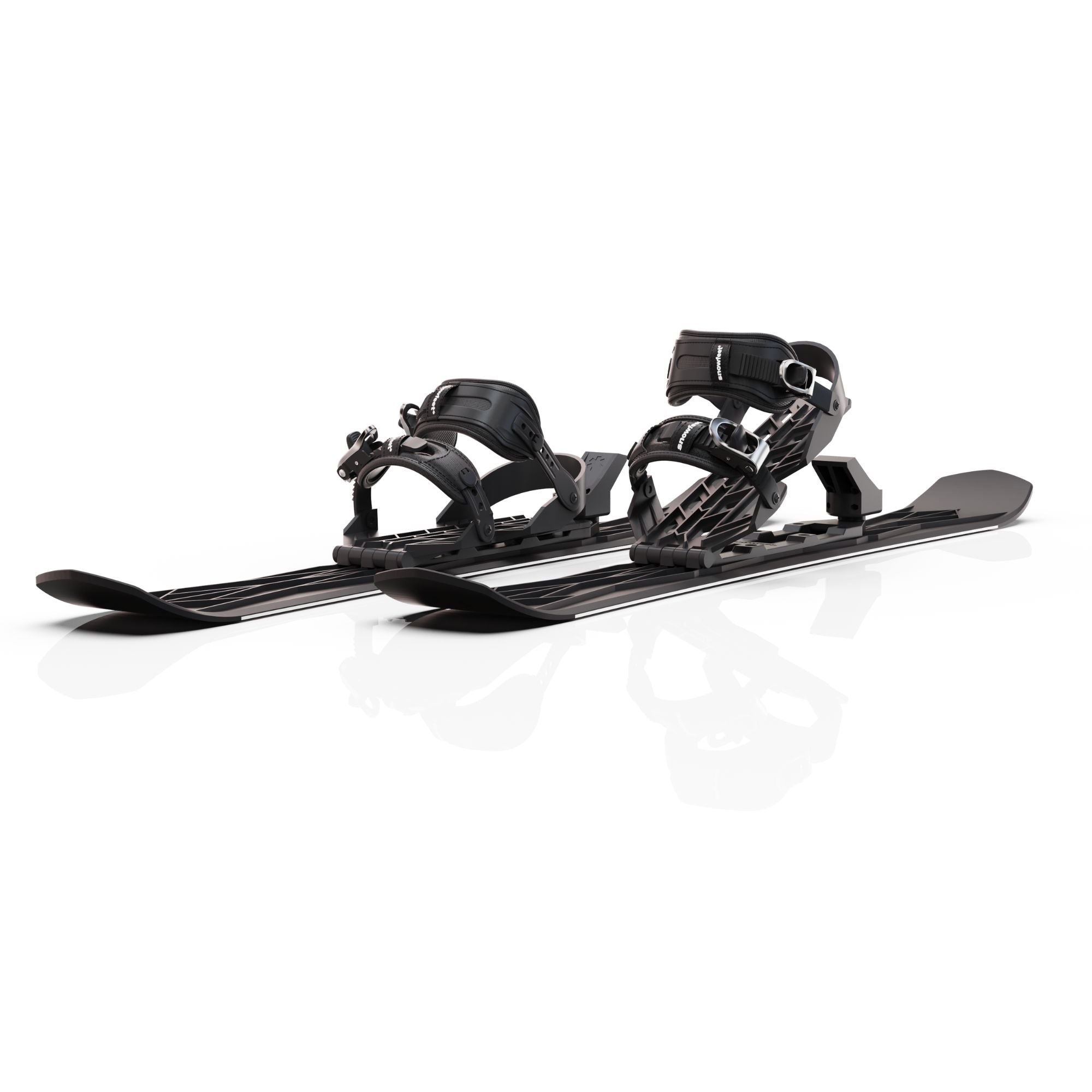


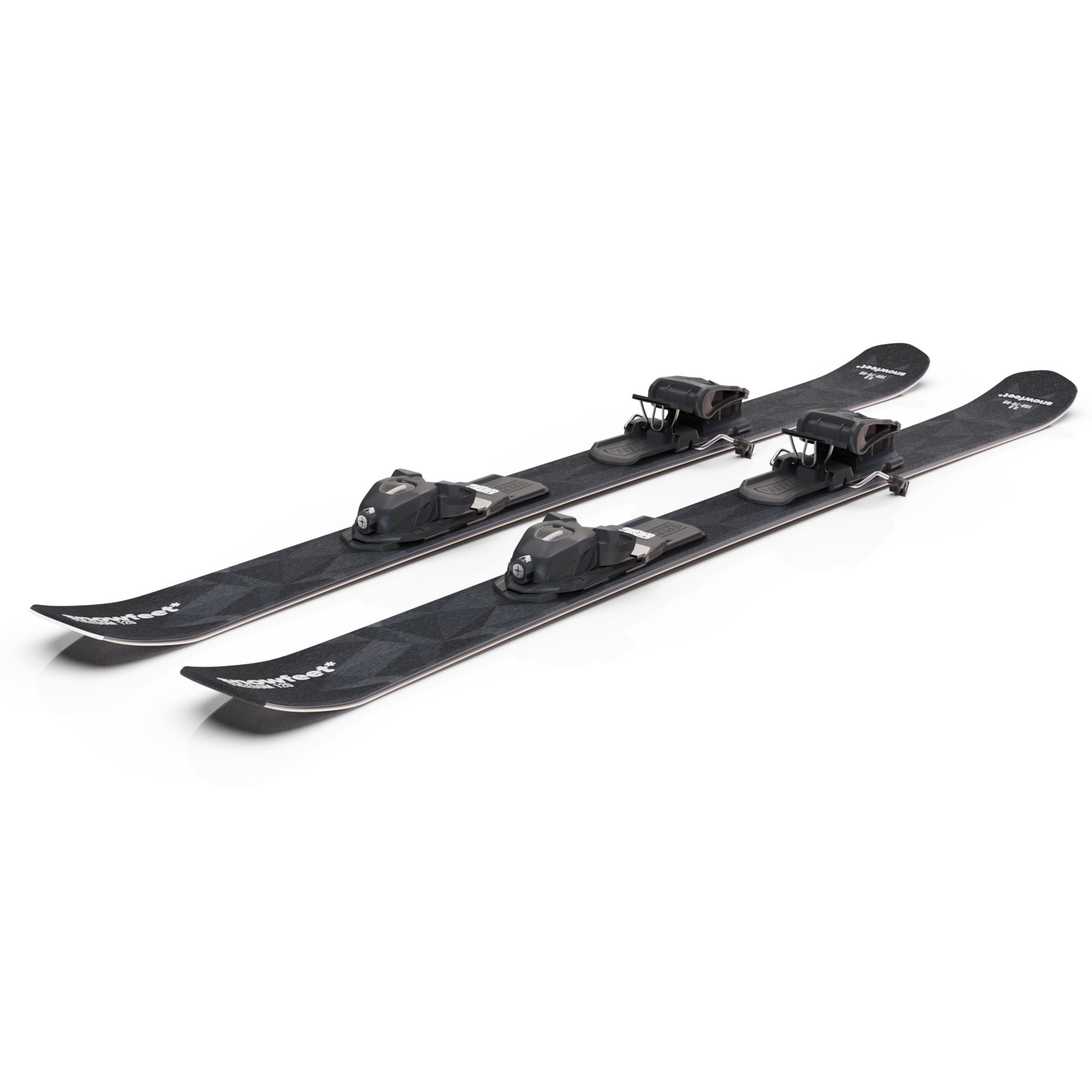

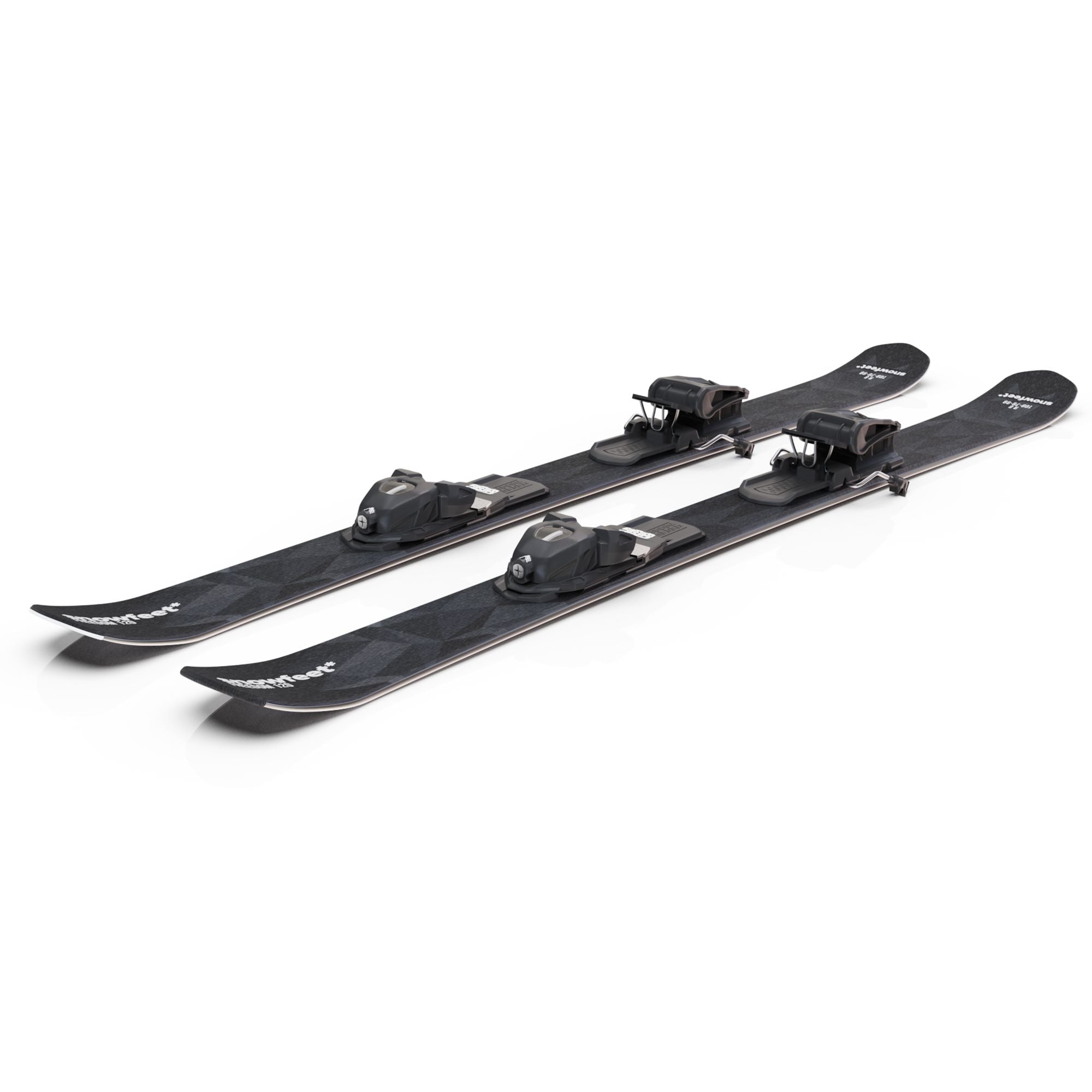
Leave a comment
This site is protected by hCaptcha and the hCaptcha Privacy Policy and Terms of Service apply.